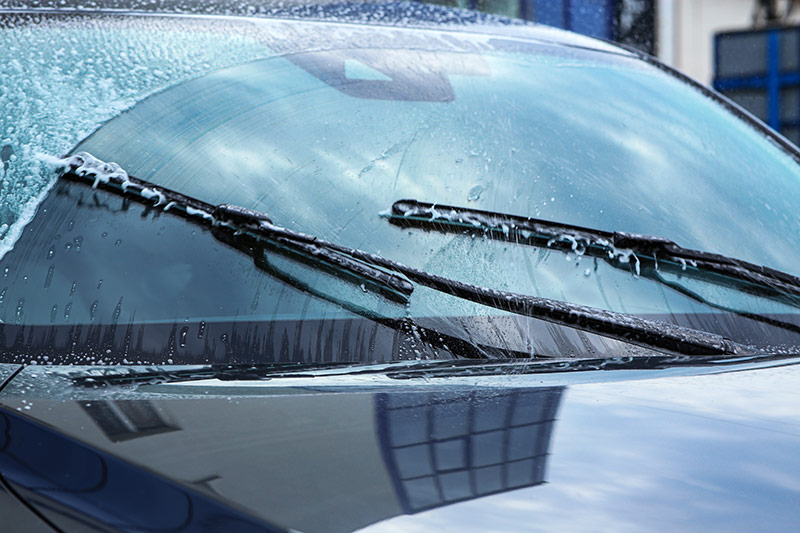Commuting in winter weather poses an increased risk to driver safety. The National Weather Service reports that each year, on average, 5,000 people are killed and more than 418,000 are injured due to weather-related vehicle crashes. Rain and snow require drivers to take extra precautions to ensure a safe arrival to your destination. Before you head out on the road in these conditions, make sure to follow these Winter Driving Safety Tips to help keep you safe.
San Bernardino County Fire reminds you to be prepared for a disaster with the different countywide alert & warning applications available. During an emergency, you’ll stay up-to date on evacuations, shelter locations, traffic alerts, and emergency resources available in your area.


Prepare Your Vehicle
- Mobile phone, charger, batteries
- Blankets/sleeping bags
- Flashlight with extra batteries
- First-aid kit
- Knife
- High-calorie, non-perishable food
- Extra clothing to keep dry
- Large empty can to use as emergency toilet, tissues, toilet paper and paper towels
- Small can and waterproof matches to melt snow for drinking water
- Sack of sand or cat litter for traction
- Shovel
- Windshield scraper and brush
- Tool kit
- Tow rope
- Battery booster cables
- Water container
- Candle and matches to provide light and in an emergency, lifesaving heat.
- Compass and road maps, don’t depend on mobile devices with limited battery life
On The Road Safety
Adjust your speed as follows:
- Wet road: go 5 to 10 mph slower
- Packed snow: reduce your speed by half
- Ice: slow to a crawl

